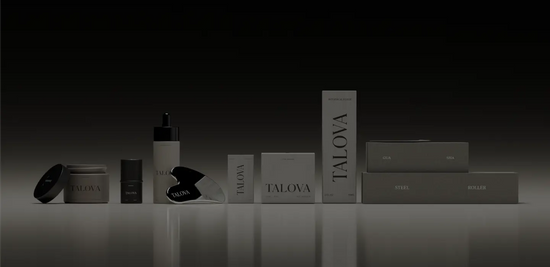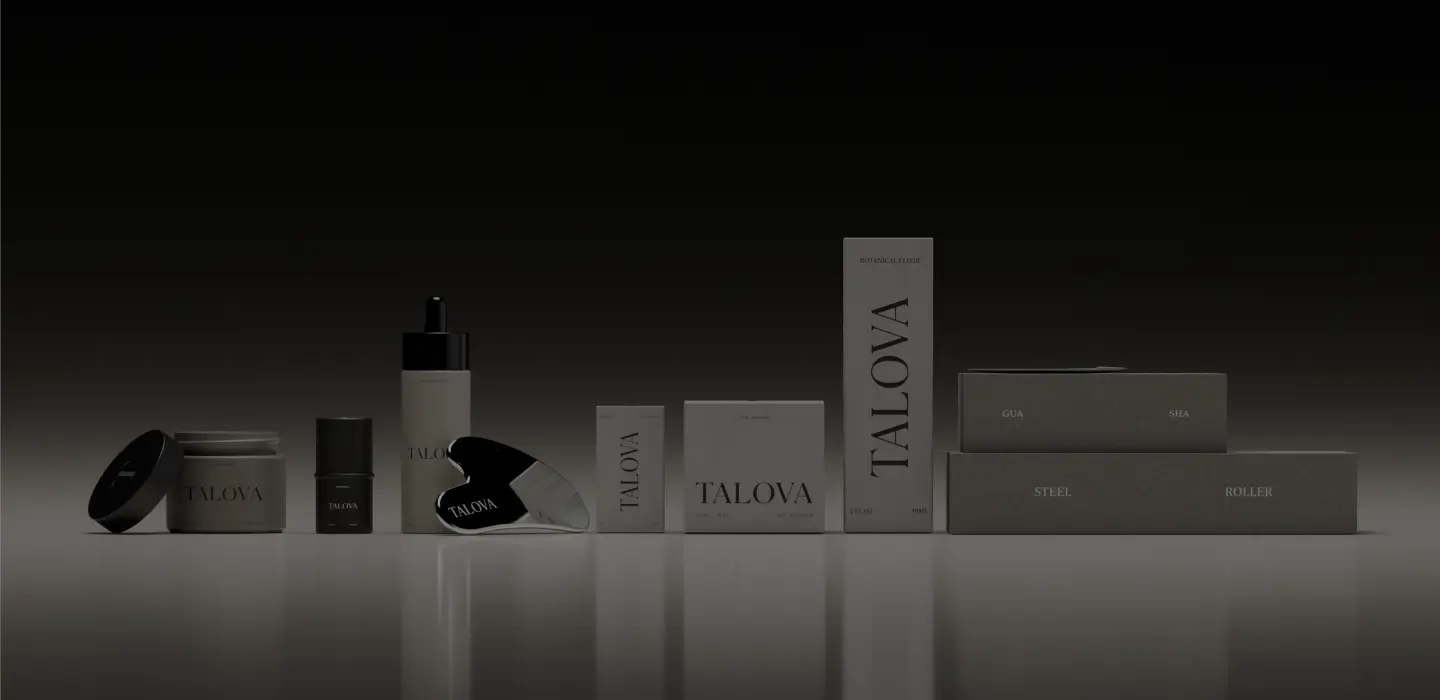Beef tallow is having a moment in skincare, and with good reason. This age-old moisturizer is packed with skin-loving nutrients and has been used for centuries to nourish and protect. But as with anything that challenges the multi-billion-dollar beauty industry, myths and misconceptions are bound to surface.
It's understandable to be skeptical, especially when you're bombarded by billion-dollar skincare brands touting complex, lab-made ingredients with hard-to-pronounce names. But the truth is, not all skincare needs to come in a glossy bottle filled with synthetic substances.
In this post, we’re diving into the myths about beef tallow and why it deserves a place in your skincare routine. Let’s set the record straight.
Myth #1: All Beef Tallow Is the Same
Not all beef tallow is created equal. The quality of tallow depends on the animal’s diet and how the fat is rendered. Grass-fed beef tallow (like the kind we use at TALOVA Labs) is superior to grain-fed varieties because it contains higher levels of vitamins A, D, E, and K, along with anti-inflammatory fatty acids like conjugated linoleic acid (CLA).
These nutrients are essential for supporting skin barrier function, reducing redness, and promoting elasticity. Cheap, conventionally sourced tallow lacks the same nutrient density and can be overly processed, stripping away its natural benefits.
Myth #2: Beef Tallow Clogs Your Pores
One of the biggest misconceptions about beef tallow is that it’s comedogenic, meaning it clogs pores. But here’s the thing: beef tallow closely mimics your skin’s natural sebum, making it highly bioavailable and easily absorbed. In fact, tallow is classified as non-comedogenic, meaning it won’t suffocate your skin the way some synthetic oils and waxes do. If anything, tallow can help balance oil production and support a clear, healthy complexion.
Myth #3: Beef Tallow Makes You Smell Like Beef
The idea that you’ll walk around smelling like a Sunday roast after applying beef tallow is, quite frankly, nonsense. High-quality, properly rendered tallow has a neutral scent—nothing like a sizzling steak. At TALOVA Labs, we also blend our beef tallow with essential oils and extracts, leaving behind a light, pleasant fragrance in our moisturizer.
Myth #4: Beef Tallow Is Inferior to Synthetic Moisturizers
Lab-made moisturizers may have sleek marketing, but they’re often loaded with fillers, preservatives, and synthetic emulsifiers that don’t do much for your skin. Beef tallow, on the other hand, is deeply nourishing because it’s rich in essential fatty acids that your skin recognizes and utilizes efficiently. Unlike many commercial creams that sit on the surface, tallow penetrates deeply, providing long-lasting hydration without the need for artificial additives.
Myth #5: Beef Tallow Is Just Fat
Yes, tallow is fat—but not just any fat. Tallow is a whole-food moisturizer, meaning it contains a complex mix of lipids, vitamins, and bioactive compounds that support skin health. It’s not the same as slathering on cooking grease (which, for the record, no one is suggesting). Instead, it’s a nutrient-rich balm that works with your skin’s natural composition to lock in moisture and promote healing.
Myth #6: Beef Tallow Is Only for Dry Skin
While tallow is a powerhouse for dry skin, it’s also beneficial for oily and acne-prone skin. Because it closely mirrors human sebum, it helps balance oil production rather than exacerbate it. Many people find that switching to tallow-based skincare reduces excess oiliness over time because the skin no longer feels the need to overcompensate by producing more sebum.
Myth #7: Beef Tallow Isn’t Sustainable
Sustainability concerns around beef tallow often stem from misconceptions about the meat industry as a whole. But when sourced responsibly, tallow is a highly sustainable ingredient. It’s a byproduct of the beef industry, meaning it repurposes something that would otherwise go to waste. Grass-fed, ethically raised cattle also contribute to regenerative farming practices, which can improve soil health and reduce carbon footprints.
Myth #8: Beef Tallow Is Only for Body Care, Not Your Face
Tallow is often marketed for body care, but its benefits extend to facial skincare as well. Its natural lipid profile is nearly identical to human skin’s sebum, making it ideal for facial hydration, barrier repair, and even soothing conditions like eczema or rosacea. Unlike heavy occlusive creams that can feel greasy, tallow absorbs quickly, leaving skin soft and supple.
When It Comes to Skincare, Simplicity Wins
If there’s one thing to take away from all this, it’s that simple, whole-food ingredients often outperform lab-made alternatives. The beauty industry thrives on complexity—long ingredient lists, multi-step routines, and products promising instant miracles. But in reality, your skin craves what it recognizes: bioavailable nutrients, healthy fats, and minimal interference.
Beef tallow moisturizer may not come in a flashy jar with a long list of hard-to-pronounce ingredients, but that’s exactly why it works. So, the next time you see a myth about tallow floating around, you’ll know the truth: nature got it right the first time.


